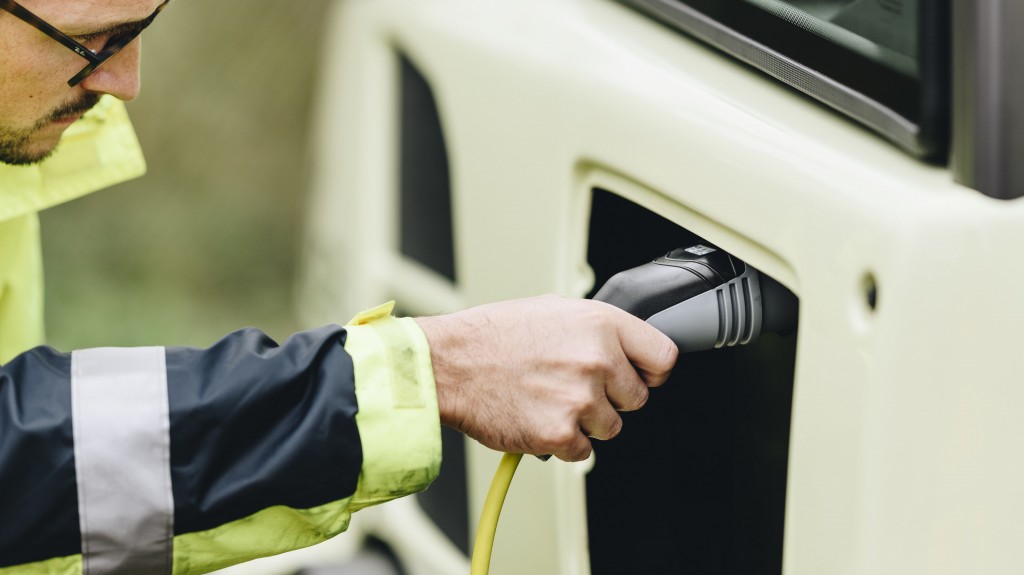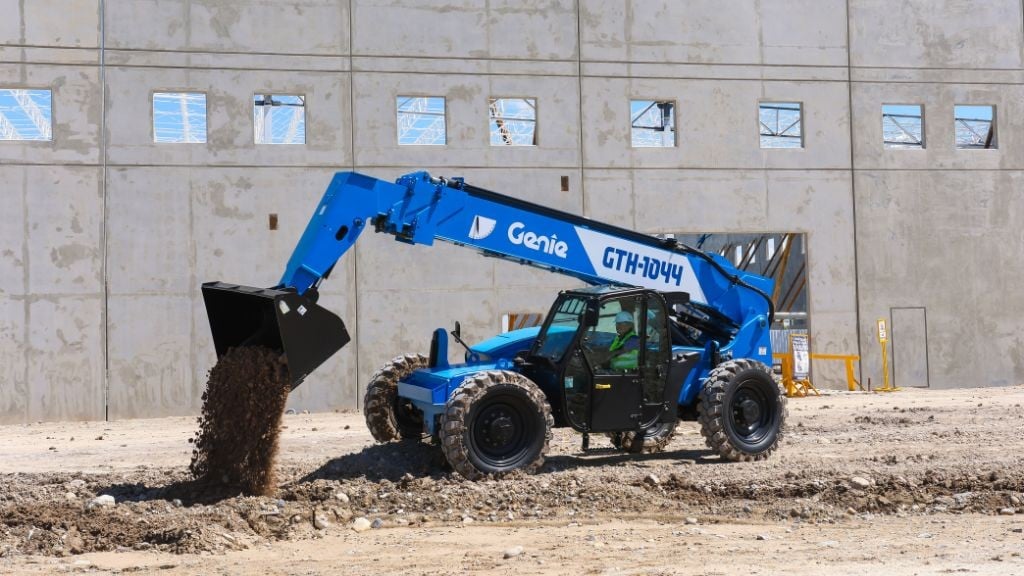5 things you should know about batteries used in construction equipment

Batteries are an important part of modern life and now Volvo Construction Equipment (Volvo CE) is starting to use them to power its machines – but how much do you actually know about them? Magnus Larsson, Development Engineer Batteries, Electromobility Systems, presents five facts about the lithium-ion batteries that are being used in construction equipment.
1. They look nothing like conventional batteries
To power something like a wheel loader or an excavator, you need a high level of system voltage and energy, which is more than a single battery cell (chocolate bar size) can provide. So, we generally take multiple cells and connect them together to create a battery pack. Looking at them, they are just big boxes – but there's a lot going on inside.
2. Batteries come in all shapes and forms
You can buy a complete battery pack unit from a supplier (as Volvo CE does today), or you can assemble sub-modules and incorporate them into a custom-fit pack unit, or you can build everything in-house from scratch. Battery packs are sized and shaped differently for different machine types.
3. They're surprisingly big
Large vehicles require large battery capacity – there's no great surprise there. The lithium-ion battery packs we use in construction equipment can weigh more than 400 kg. Especially for large machines, there might be a need to install more than one of these battery packs, so the overall battery weight could easily exceed one ton. However, when it comes to lithium-ion batteries, significant progress is being made with respect to energy density. Developers are working on lighter and more volume efficient batteries. This essentially means that we can get more energy for the same volume or get the same energy capacity cheaper.
4. They're becoming cheaper
At the moment, lithium-ion batteries are still quite expensive, but the price is constantly dropping. If the price continues to decrease at this rate, the cost barriers to electromobility innovation within the construction equipment industry will significantly reduce. This price decrease is a result of two factors: more battery demand globally, and an increase in energy density, as mentioned earlier.
5. We're at the turning point where it makes sense to electrify big machines
With current technology, compact machines – like Volvo CE's recently announced range of electric compact wheel loaders and excavators – can put in a full day's work on electric energy from batteries. We're starting to enter this stage with bigger machines. Although regular recharging is still required, it's now a matter of when, not if, electric batteries can meet the energy and power requirements of heavy construction machines.



